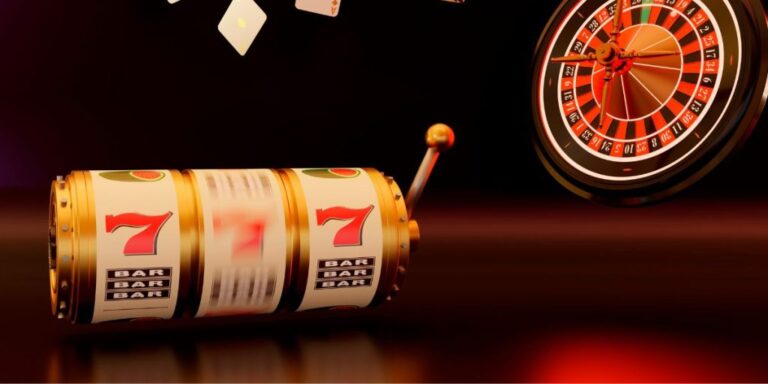When it comes to online slot gaming, players are always looking for the best opportunities to maximize their winnings. Two primary categories that often come up in discussions are Suntik RTP slots and regular slots. But which one is more profitable? To answer this, we need to examine RTP (Return to Player), volatility, and overall gaming experience.
Understanding RTP and Its Impact on Profitability
Table Of Contents
Return to Player (RTP) is a crucial factor in determining a slot game’s profitability. RTP represents the percentage of all wagered money that a slot game is expected to pay back to players over time. For example, a slot with an RTP of 96% means that, on average, for every $100 wagered, $96 is returned to players, and the remaining $4 is the casino’s profit.
- Suntik RTP Slots: These are slot games specifically designed to offer higher RTP rates, often exceeding 98%. They are attractive to players looking for better odds and a higher frequency of returns.
- Regular Slots: These games typically have an RTP ranging between 92% and 96%, meaning they retain a slightly larger portion of the wagers for the casino.
The key takeaway? Suntik RTP slots generally offer better long-term payouts than regular slots. However, there are other factors to consider before declaring them the most profitable.
Volatility: The Risk Factor in Slots
Besides RTP, volatility (also known as variance) plays a significant role in how profitable a slot can be for an individual player.
- Low Volatility Slots: Offer frequent suntik rtp but smaller wins. They are great for consistent gameplay without major losses.
- High Volatility Slots: Offer larger payouts but with fewer frequent wins. Players may go through long losing streaks before hitting a big jackpot.
Suntik RTP slots often have medium to high volatility, meaning they can offer substantial rewards but may require more patience and a larger bankroll. Regular slots, depending on the game, can vary in volatility, with some designed for frequent small wins and others for massive jackpots.
Bonus Features and Payout Structures
Another factor that affects profitability is the game’s bonus features. Many Suntik RTP slots incorporate:
- Free spins
- Multipliers
- Expanding wilds
- Bonus rounds
These features increase winning potential and provide more ways to maximize profits. While regular slots also include these features, higher RTP games tend to balance these bonuses better, ensuring they aren’t just flashy but genuinely rewarding.
Casino House Edge and Payout Frequency
The casino’s house edge (100% – RTP) is lower in Suntik RTP slots. This means the casino makes less money per bet, benefiting players in the long run.
- Suntik RTP Slots: House edge is typically 2% or lower, making it more favorable for players.
- Regular Slots: House edge ranges between 4% to 8%, meaning casinos retain a larger portion of player wagers over time.
While the difference may seem small, in the long run, choosing a game with a lower house edge means keeping more of your money.
Which is More Profitable?
If we look purely at mathematical profitability, Suntik RTP slots come out on top due to their higher return percentage, lower house edge, and optimized payout structures. However, if you’re chasing massive jackpots, some high-volatility regular slots may provide a larger one-time payout (though with lower chances of winning).
Best Choice for Consistent Profits: Suntik RTP Slots
Best Choice for High Risk, High Reward: Regular High-Volatility Slots
Ultimately, your choice depends on your playing style—whether you prefer steady wins or the thrill of chasing big payouts. Whatever you choose, remember to manage your bankroll wisely and enjoy the game responsibly.
